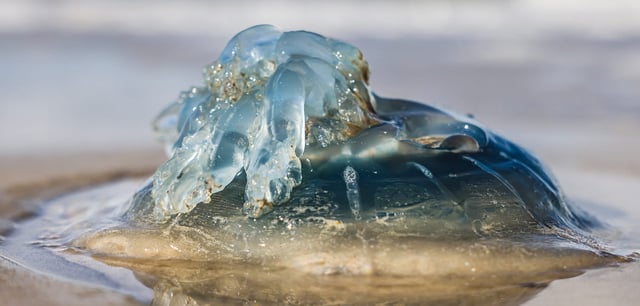Overview
- Mass strandings of jellyfish have swept across Germany’s North Sea and Baltic beaches, deterring bathers and prompting coastal regions to raise warning flags at affected sites.
- Authorities identified multiple venomous species—including yellow, blue, compass and the invasive Pacific clinging jellyfish—and health services have treated a small number of swimmers for severe stings.
- The Pacific clinging jellyfish, first sighted in the Öresund region in mid-July, can adhere to swimmers with its sticky tentacles and delivers stings comparable to needle pricks.
- Experts link the intensified jellyfish blooms to warmer sea temperatures, agricultural nitrogen runoff and reduced natural predators, while onshore winds and currents passively drive swarms ashore.
- The Landesamt für soziale Dienste in Schleswig-Holstein advises against swimming when jellyfish are visible, and responders like the DLRG are following protocols for tentacle removal and treatment of sting symptoms.



